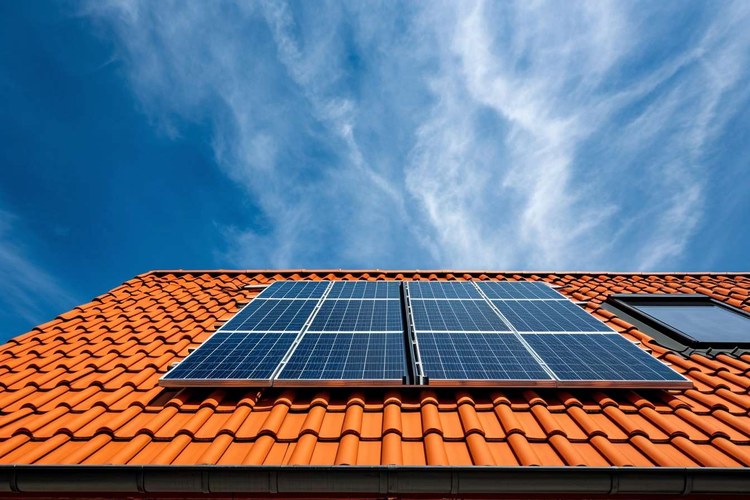What You Need to Know About Prefabricated Homes for Affordable Living
Prefabricated homes have emerged as an innovative solution to the growing housing affordability crisis, offering a perfect blend of quality construction, cost-effectiveness, and rapid installation. These factory-built structures provide a practical alternative to traditional housing, particularly appealing to seniors seeking comfortable retirement homes and families looking for budget-friendly housing options.

What Exactly Are Prefabricated Homes and How Do They Work?
Prefabricated homes, also known as prefab or modular homes, are residential structures manufactured off-site in a controlled factory environment. These homes are built in sections or modules, then transported to the final location for assembly. The construction process follows strict quality control standards, ensuring each component meets building codes and safety regulations.
What Makes Prefabricated Homes an Affordable Housing Option?
The cost-effectiveness of prefab homes stems from several factors, including reduced labor costs, bulk material purchasing, and minimal construction waste. The controlled factory environment eliminates weather-related delays and allows for efficient production processes, resulting in significant cost savings compared to traditional construction methods.
Common Prefab Home Types and Price Ranges:
| Type | Size Range (sq ft) | Average Cost Range |
|---|---|---|
| Single-Wide | 600-1,200 | $40,000-$80,000 |
| Double-Wide | 1,000-2,200 | $80,000-$150,000 |
| Multi-Section | 1,600-3,000 | $100,000-$250,000 |
| Luxury Prefab | 2,000-4,000+ | $200,000-$400,000+ |
Prices, rates, or cost estimates mentioned in this article are based on the latest available information but may change over time. Independent research is advised before making financial decisions.
How Do Prefabricated Homes Benefit Elderly Residents?
Prefabricated homes offer several advantages for elderly living, including single-level designs, wider doorways, and accessibility features that can be customized during manufacturing. Many models come with pre-installed safety features like grab bars, non-slip flooring, and emergency response systems, making them ideal for aging in place.
What Is the Installation Process for Prefabricated Homes?
The installation process typically follows these steps:
-
Site preparation and foundation work
-
Delivery of home sections
-
Assembly of modules using specialized equipment
-
Connection of utilities and systems
-
Final interior and exterior finishing
The entire process usually takes 2-3 months, significantly faster than traditional construction methods.
What Are the Environmental Benefits of Choosing a Prefab Home?
Prefabricated homes are increasingly recognized for their environmental advantages. The factory-controlled construction process generates less waste, uses resources more efficiently, and often incorporates energy-efficient materials and systems. Many manufacturers offer eco-friendly options like solar panels, high-efficiency insulation, and sustainable building materials.
What Should You Consider Before Purchasing a Prefabricated Home?
Key considerations include:
-
Local zoning laws and building regulations
-
Land availability and preparation costs
-
Transportation logistics to your chosen site
-
Customization options and limitations
-
Financing options (as some lenders have specific requirements for prefab homes)
-
Warranty coverage and maintenance requirements
-
Local climate conditions and necessary structural adaptations
Prefabricated homes represent a practical solution for affordable, quality housing. While initial costs can vary significantly based on size, features, and location, they generally offer substantial savings compared to traditional construction methods. Their quick installation, environmental benefits, and customizable options make them an attractive choice for both elderly residents and budget-conscious homebuyers seeking modern, efficient living spaces.




